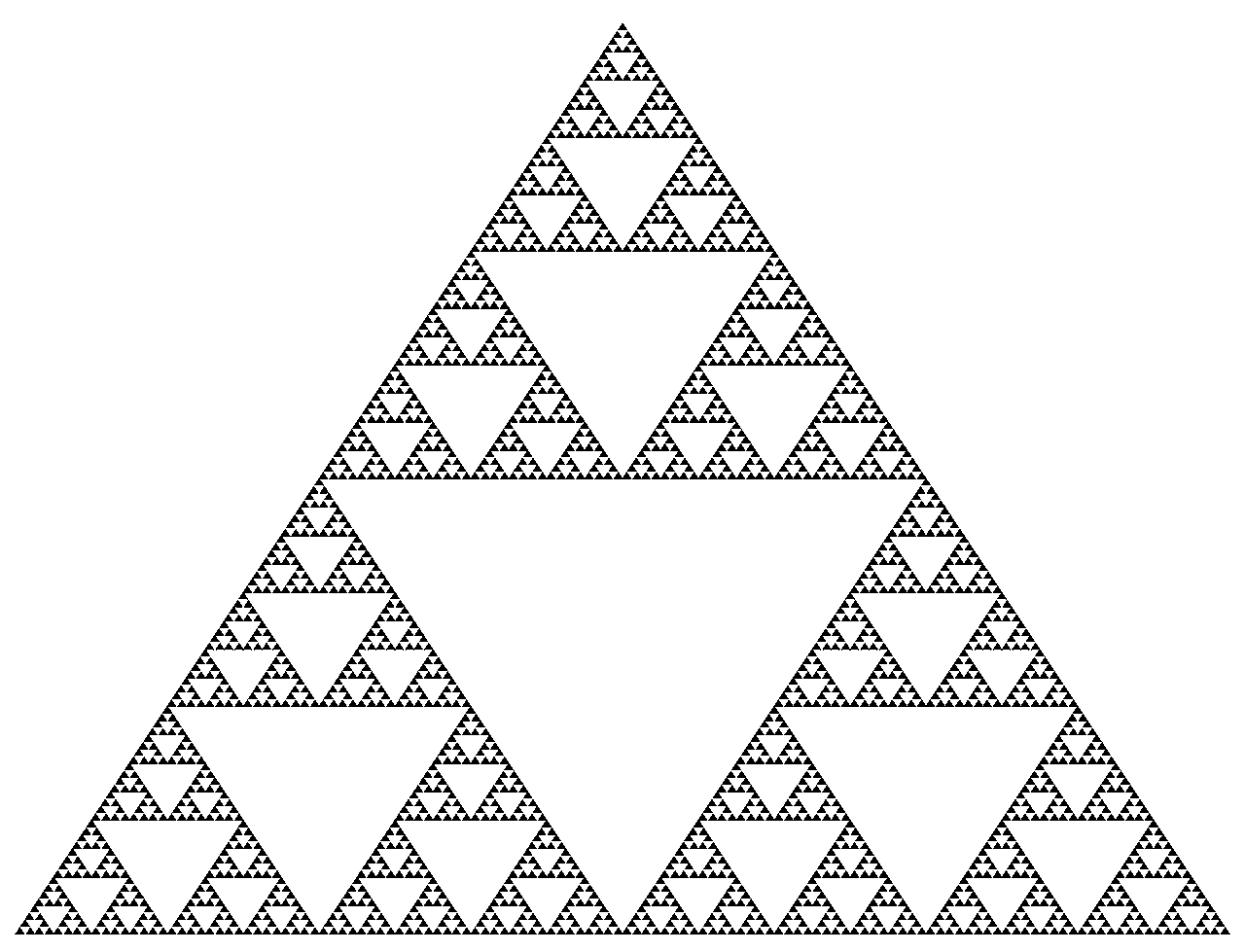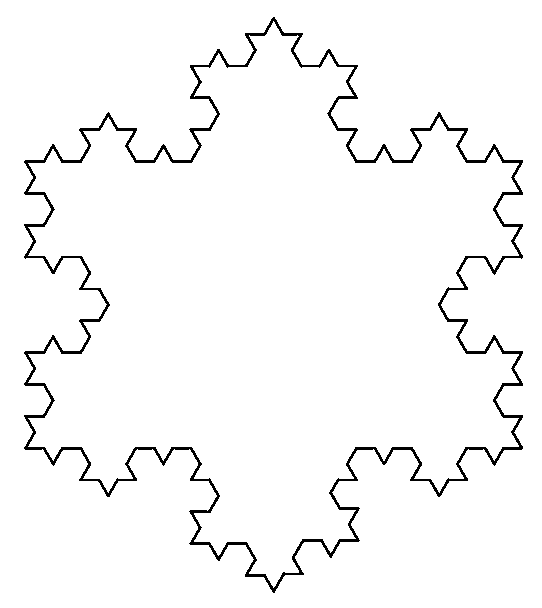How long is the coastline of Cyprus? This question is much more complicated than it looks, and answering it leads ultimately to some deep and beautiful mathematics: the theory of fractals
Measuring the length of a coastline is not an easy task. Straight lines are easy to measure; curves are not. Any curve can be approximated by straight lines to calculate its length, and Figure 1 shows two ways of doing this for the coastline of Cyprus: the first with 16 straight line segments in cyan, the second with 32 straight line segments in red. Because the shortest distance between two points is a straight line, using more line segments will increase the overall length, so the total length of the red line segments is longer than the total length of the cyan line segments. The second figure looks more accurate than the first, because the red path is a closer approximation to the real coastline than the cyan one. However, the red path is still not exact: it is possible to draw approximations with hundreds or thousands of line segments, measuring around every headland, bay, and inlet of the coastline. But where do we stop? It is possible to take the approximation to a deeper level, measuring around every rock and pebble on every beach, and this would increase the length even further. It seems that, as the approximation gets better, the length gets longer. So what is the real coastline length of Cyprus?
In fact, this question has no proper answer. For an ideal mathematical curve like a circle, it is possible to get an exact value for its length, even though it is not straight, by using a process of limits: closer and closer approximations with straight lines will give larger and larger values for the length, but those larger values will never increase beyond some fixed value which is the true length. For a curve like the coastline of Cyprus, it has wiggles at every scale: large ones around peninsulas and bays, small ones around headlands and river mouths, tiny ones around rocks and erosion, ... there is no obvious scale at which to stop measuring the wiggles, and therefore no exact value of the real coastline.
A mathematical shape which has "structure at every scale" is called a fractal. The coastline problem is a real-life example of a fractal, because a coastline has wiggles at every scale. Mathematical examples include the Sierpinski triangle, in Figure 2, and the Koch snowflake, in Figure 3 - both of these pictures being only approximations to the ideal mathematical objects that cannot be drawn exactly.
Fractals also have dimensions that are not whole numbers. An easy way to understand this is by thinking about how many copies of the same shape are needed to make another copy of the same shape which is bigger. A square is two-dimensional, and four (equals two to the power of two) squares are needed to make a new square at two times the size. A cube is three-dimensional, and eight (equals two to the power of three) cubes are needed to make a new cube at two times the size. For the Sierpinski triangle, three copies are needed to make a new copy at two times the size, so the dimension is a number D such that three equals two to the power of D. There is no such whole number D, so the dimension of the Sierpinski triangle must be a non-whole number!
One of the most extraordinary fractal shapes is the Mandelbrot set, shown in Figure 4. It is defined by a simple mathematical formula involving complex numbers, and it displays a staggering depth of structure: people have created online videos which simply consist of zooming into the Mandelbrot set for many hours, and there are new beautiful patterns and shapes emerging at every scale. All of these shapes emerge from a single simple mathematical formula: nobody designed them, only calculated them. Many properties of the Mandelbrot set are still unknown to mathematicians: for example, experts suspect that it is "locally connected", and that its boundary (which is just a very wiggly curve) has dimension two, but neither of these claims is known for sure one way or the other. This is just a single example of the beauty and depth of mathematics, but one where, unlike for many mathematical objects, the beauty and depth is very visual and accessible for everyone to see.











